What is atrial fibrillation and why should you know about it?
 In a normal, healthy heart, electrical impulses travel through the heart muscle to cause contraction and relaxation of the chambers of the heart. The heart pumps blood around the body with each beat. An arrhythmia is an abnormal heart rhythm, and can mean your heart is beating too fast, too slow or in an irregular pattern. Arrhythmias cause 100,000 sudden cardiac deaths each year in the UK.
In a normal, healthy heart, electrical impulses travel through the heart muscle to cause contraction and relaxation of the chambers of the heart. The heart pumps blood around the body with each beat. An arrhythmia is an abnormal heart rhythm, and can mean your heart is beating too fast, too slow or in an irregular pattern. Arrhythmias cause 100,000 sudden cardiac deaths each year in the UK.
Atrial Fibrillation (or AF) is the most common arrhythmia. In AF, electrical impulses fire from across the top chambers of the heart (known as the atria), which causes these chambers to twitch (or fibrillate) and can cause the pulse to become irregular and fast. Because the heart is not pumping in a normal, organised manner, this increases the risk of a blood clot forming inside the heart. If a clot travels from the heart to the brain, this can result in a stroke. There are 12,000 AF-related strokes in the UK each year. However, many of these could be avoided if AF is diagnosed and treated with anticoagulation therapy. Undetected AF is far more threatening to your health than AF that has been diagnosed and is under therapy.
This is where you come in. By checking your own pulse, which can take as little as 30 seconds, you improve your chances of detecting any irregularities or abnormalities in your heart’s rhythm. A normal heart rhythm will produce a heart rate of 60-100 beats per minute and will beat regularly (mostly evenly spaced beats). However, a pulse may be slower or faster due to age, caffeine intake, anxiety, level of fitness etc. Therefore, it is useful to measure your pulse regularly to know what is normal for you.
 It is useful to take your pulse first thing in the morning and when you go to bed, as we expect the heart rate to vary throughout the day depending on your activity levels. It is advisable to sit down for 5 minutes before measuring your pulse. To measure your pulse, put your index and middle fingers on your wrist at the base of your thumb, in the space between the bone from the outer wrist and the tendon to your thumb. For a quick check, feel your pulse for 30 seconds counting the beats (which you will multiply by two to get a rate per minute) and feeling for the regularity. If you feel an irregular rhythm count the beats over a full minute.
It is useful to take your pulse first thing in the morning and when you go to bed, as we expect the heart rate to vary throughout the day depending on your activity levels. It is advisable to sit down for 5 minutes before measuring your pulse. To measure your pulse, put your index and middle fingers on your wrist at the base of your thumb, in the space between the bone from the outer wrist and the tendon to your thumb. For a quick check, feel your pulse for 30 seconds counting the beats (which you will multiply by two to get a rate per minute) and feeling for the regularity. If you feel an irregular rhythm count the beats over a full minute.
Always bear in mind that we are all different and there are always variations between different people. Furthermore, an irregular pulse does not necessarily indicate AF, but any irregularity in your pulse (especially if you are feeling unwell) should be investigated further.
Another option may be to see if your local pharmacy offers AF screening. Single lead electrocardiogram (ECG) monitors can produce a basic ECG trace which can show if AF is present. They work alongside mobile devices to display the hearts electrical activity, with the user only being required to place their fingers on two small metal pads. These devices are becoming increasingly popular in community pharmacy.
By 40 years of age, you will have a 25% life-time risk of developing AF (which in turn increases your risk of stroke). Using this simple approach is an easy way to detect any irregularities or arrhythmias which may be otherwise hard to detect. Put simply, taking 30 seconds to feel your pulse might just save your life.

References:
https://www.heartrhythmalliance.org/aa/uk/know-your-pulse
https://www.bhf.org.uk/informationsupport/conditions/atrial-fibrillation
Written by Sarah Hope (Clinical Trainer (HCS Practitioner in Cardiac Science)), Friday 14th February 2020
Follow me at: https://twitter.com/ECGSarah












